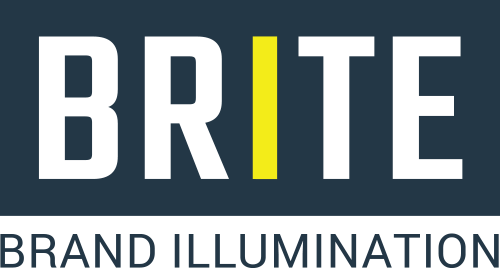How Monster is reinventing their brand and reintegrating TV advertising with digital.
Many clients believe that advertising is a science and that marketing that is immediately trackable is a magic bullet. AdAge, the industry’s thought leader and research entity for the marketing and advertising category, recently interviewed Johnathon Beamer, COO of Monster.
This article reiterates what our team firmly believes.
- There is no magic bullet regarding media selection, it’s an inter-relationship between brand strategy and direct response.
- When you cancel your TV advertising or branding initiatives you will still have tailwinds for a while and so it’s easy to be fooled and believe you can succeed without those.
- Branding initiatives are not a faucet that you turn on or off. They take time to ramp up and when canceled, take time to ramp down.
- The most effective marketing happens when companies partner with their communications teams to share their knowledge and course correct.
This is a direct excerpt from the AdAge article of September 5, 2018.
When Jonathan Beamer took over as CMO of Monster nine months ago, he found a brand that, despite “ten years of neglect” from both a product and marketing perspective, “was still one of the strongest in the job search category.” He credits this residual strength to Monster’s original insight, “that people desperately want fulfilling work,” which remains as true today as it was when the brand last turned heads via ads during the 1999 Super Bowl (see “When I Grow Up” in the Ad Age Super Bowl Ad Archive).
Banking on the notion that Monster is a “classic,” Beamer is looking to unleash what he describes as “latent favorability.” “We know we have a place in people’s lives if we pay a little bit more attention to where we lost our way,” he explains. This attention now comes in the form of product improvements and good old TV advertising, the channel that helped Monster gain its share of mind in the first place. And while Beamer is deploying TV in a highly targeted way, the takeaway is the same for mass marketers: Big brands still need the big reach that only TV provides. Its nine months into your role as CMO at Monster. What are you feeling good about?
I have studied a lot of brands. I’ve never seen brand metrics like Monster’s. What I’ve talked about as latent favorability is, once I remind you that Monster exists, you like it. Nobody has that. It is a huge strength, but people have forgotten about us or even worse, some of our customers have stopped using us. But they’re rooting for us. It’s this amazing thing with Monster; you see the power of the brand because people are like, “Hey, fix this and I’ll come back because I can’t wait to repurchase you.” That’s powerful.
You have this brand with terrific residual value, so what needs to be done from both a message and a tech standpoint?
One of the ways that we took our eye off the ball is with big brand advertising like our 1999 Super Bowl spot. A lot of people remember those ads still. We advertised essentially until 2009, and then we stopped, and we got excited about some of the direct response pure attribution; I spend this, I get this. Meanwhile, we still had tailwinds. We had the wind at our back because we had already invested a bunch of money in the brand. For a long time, we could coast. The problem is when you’re just looking at lower funnel attribution, and you’re not thinking about keeping those brand metrics strong, you stop investing. It was true in some of the core responsiveness to our technology and in our marketing. Those are the things that we are dedicated now to bringing back and making sure that candidates have an awesome experience. They see their preferences are matched to the best jobs and our customers, therefore, see the best candidates in our product.
What channels have you been using to promote the revitalization of Monster?
We’re back on TV since April 2018 which I’m proud of because we should be, and it has been a productive channel for us in the past, and the broad reach nature of our product enables TV to work for us. Those ads are simple; we can do a lot in 15 seconds to remind people, “Hey on your mobile device, Monster will show you a bunch of jobs.” So, if you had a bad day at work, download the app. Those are the types of things that marketing doesn’t have to create long-form content for on the candidate side.
I can’t tell you how many times it made me cringe in the last ten years when people say TV was dead, but it’s still clearly a mass channel.
Absolutely. I was at Progressive for four years, and there are few TV advertisers as big as Progressive. I competed against it a lot in digital. I’ve recommended against TV for a large portion of my career at Digitas. I can dispassionately look at the data at Monster and say this is absolutely where we need to be. Now having said that, we need to do it smartly. I also used the TV in a very targeted way at Solar City where we only wanted high credit homeowners. Now you’re in a place where you get your IP targeting and that video is ideally showing up on the living room TV when people are relaxing and receptive to a message. That’s a very different form because you’re willing to pay high CPMs because you must be targeted. At Monster, we are released a little bit from that targeting because of the ubiquity of the product, which is the same as car insurance or beer, or financial services. Things that every household has.
